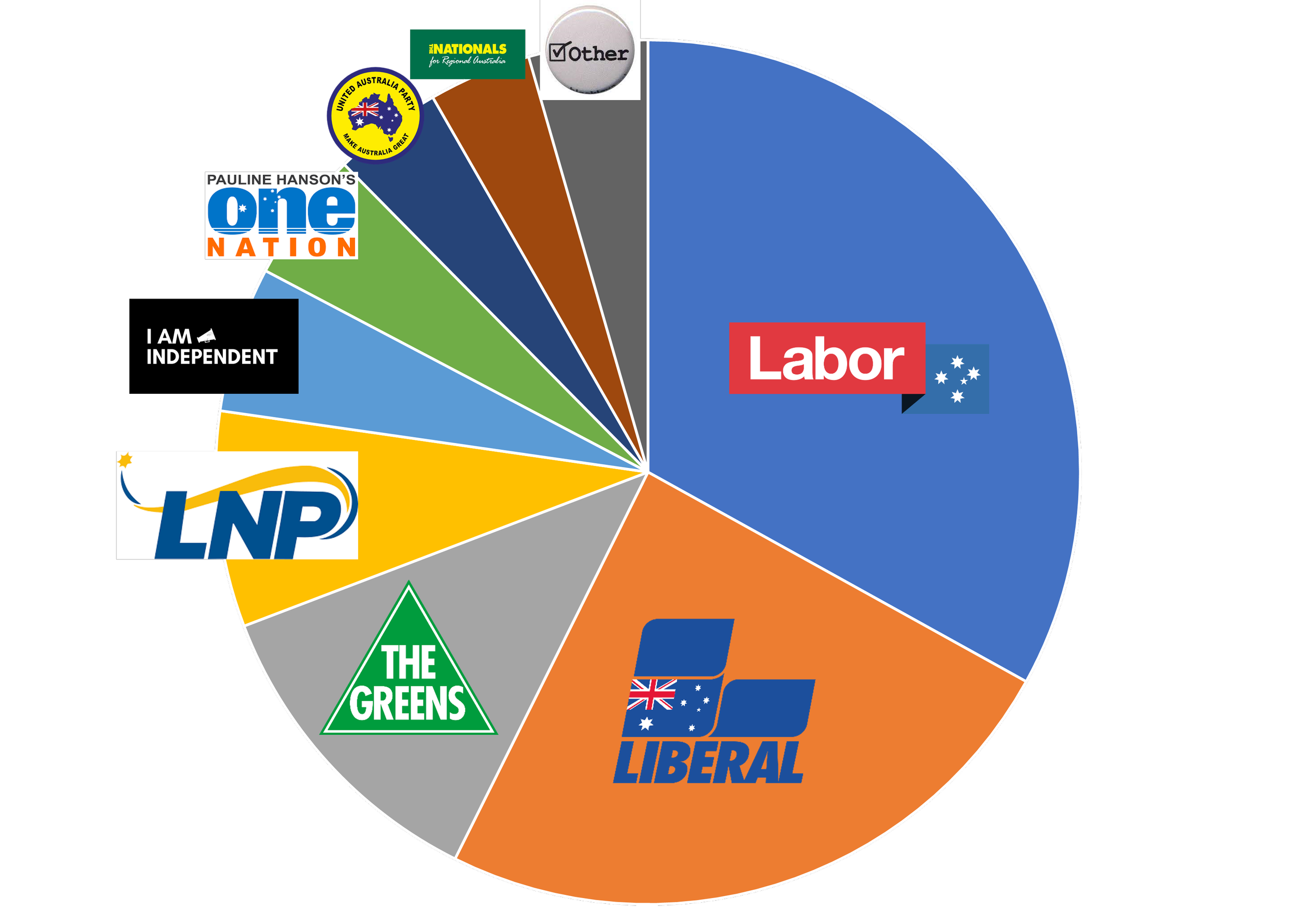As the dust settles on the election and the new government rapidly finds its way, Neil takes a step back to review one of the quirks of this election: The minor party votes on either side of the political divide.
As cabinet and shadow cabinet have been announced, and the heat of the election campaign starts to subside, we can all start to plan for the years ahead when it comes to advocacy, engagement, and campaigning.
For many organisations, the opportunity to have three “budget like” activities over 6 months are an opportunity to re-prosecute, engage, and float prior budget proposals and bids. Those budgets are the October new Labor budget, the midyear fiscal and economic update around December and then the next years budget which will return to its usual timeframe of May 2023.
Beyond the booking of trips to Canberra (Parliament is sitting end of July), and writing to local MP’s (who will all be ‘declared’ in the next week or so, thus getting the keys to their offices!), as well as planning for three mini budgets, we should dive a bit below the media coverage to have a look at where peoples first preferences went in this election and what it all means.
Below is a pie chart which shows the split of first preference votes from highest (Labor) to lowest (Other) – it is slightly misleading as to get the total Coalition vote you need to add the Liberal Party, the Liberal National Party (in QLD), the National Party, as well as the Country Liberal Party.
As cabinet and shadow cabinet have been announced, and the heat of the election campaign starts to subside, we can all start to plan for the years ahead when it comes to advocacy, engagement, and campaigning.
For many organisations, the opportunity to have three “budget like” activities over 6 months are an opportunity to re-prosecute, engage, and float prior budget proposals and bids. Those budgets are the October new Labor budget, the midyear fiscal and economic update around December and then the next years budget which will return to its usual timeframe of May 2023.
Beyond the booking of trips to Canberra (Parliament is sitting end of July), and writing to local MP’s (who will all be ‘declared’ in the next week or so, thus getting the keys to their offices!), as well as planning for three mini budgets, we should dive a bit below the media coverage to have a look at where peoples first preferences went in this election and what it all means.
Below is a pie chart which shows the split of first preference votes from highest (Labor) to lowest (Other) – it is slightly misleading as to get the total Coalition vote you need to add the Liberal Party, the Liberal National Party (in QLD), the National Party, as well as the Country Liberal Party.

The chunk between One Nation and the LNP was the larger than normal, “Teal” independents.
When you take the smallest slice of the above – the “other” and expand that out, the result is below:

For the “other” parties, they range from the Liberal Democrats, who took almost a third, through the Jackie Lambie network which took around 23,000 votes.
What is interesting is how some parties can concentrate their vote to secure seats, where as others get split and thus can’t pick up seats. For instance, if you add the One Nation / Palmer / Katter votes, they secured almost the same number of first preference votes as The Greens Party – One Nation/Palmer/Katter will pick up 1, maybe two seats in both houses, the Greens Party will probably pick up 10, 6 in the Senate, 4 in the house. Jackie Lambie, on just over 20,000 votes will most probably pick up one Senator, added to her as a continuing Senator.
We can’t understate that the Greens Party received a primary vote similar to One Nation / Palmer / Katter – this is at heart the existential discussion happening in the Liberal Party over swinging right or swinging to the centre. Likewise, we need to be very careful saying government doesn’t have a mandate because of its low primary vote, yet the Greens Party does because of their higher-than-normal primary vote. On the same logic, One Nation/Palmer and Katter have the same or similar sized primary vote “mandate”, albeit with far less seats than the Greens Party.
The role for the social purpose and not for profit space needs to keep this in mind when re-engaging with both government and the new opposition (Shadow Ministers were appointed yesterday). As how we bring along communities to our view point will steer whether the opposition tilts right, or moves to the centre. Resetting how we engage with Conservative political parties is much much easier when they are in opposition, you can bring bold ideas, aspire to different things, and reset some of the landscape and issues of the past nine years.
For our most contentious social ambitions, it is always easier to shift a viewpoint when not sitting on the Treasury benches – your campaign to shift the dial with opposition begins now. Especially when you consider the far right parties (One Nation, Palmer, Katter etc) matched the far left Greens Party on primary votes – changing hearts and minds is always hard, but Australia didn’t turn hard left in this election, it made a slight left hand turn.






